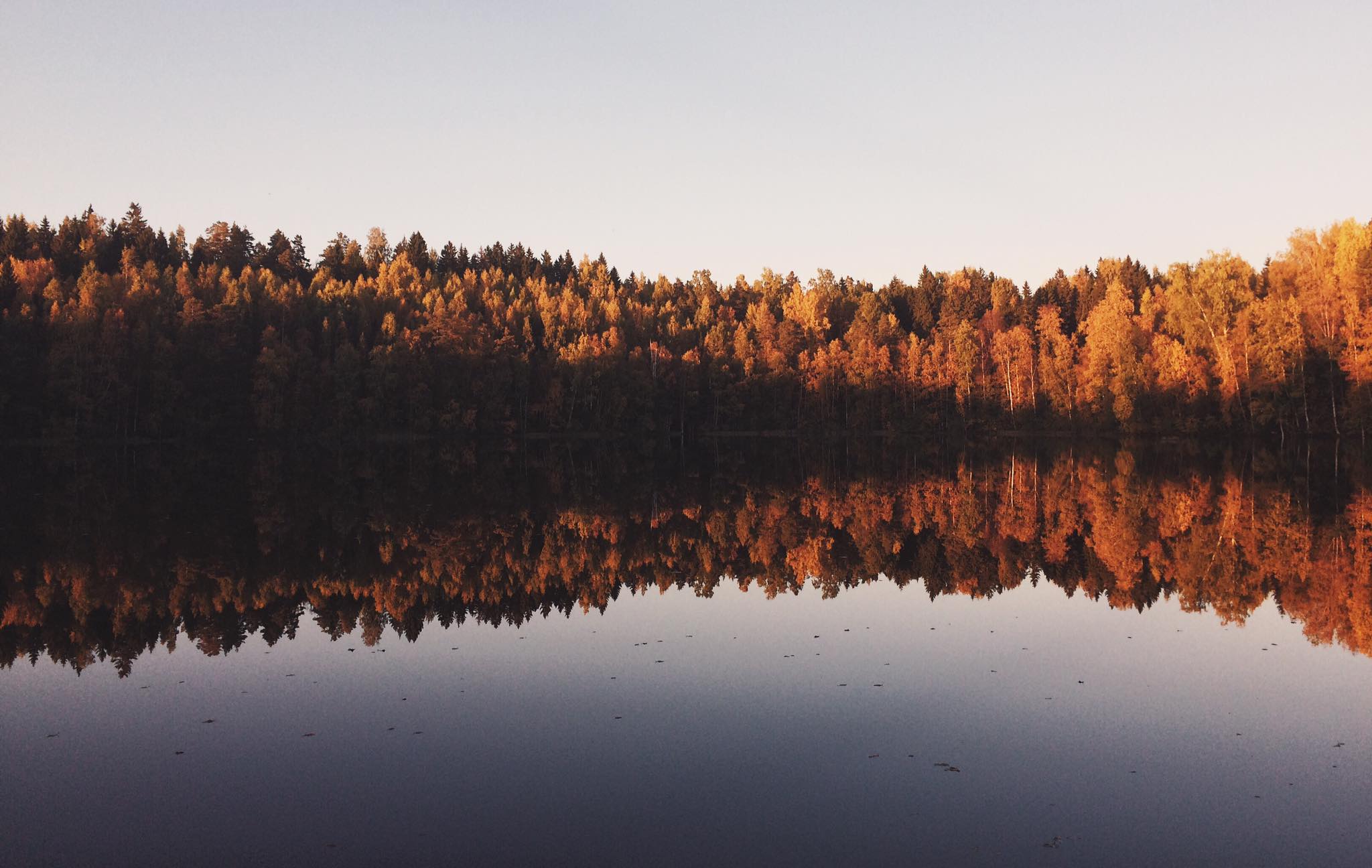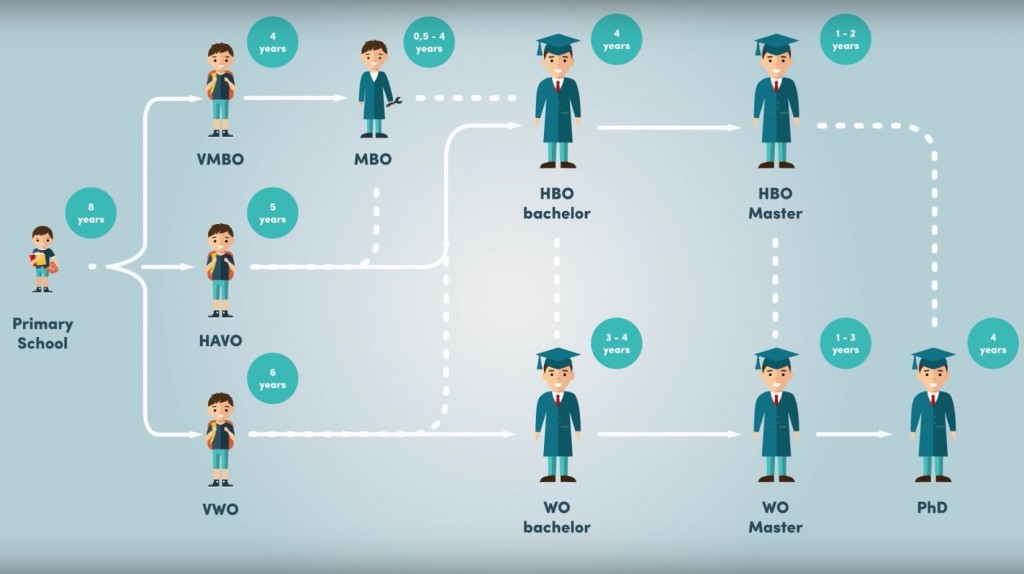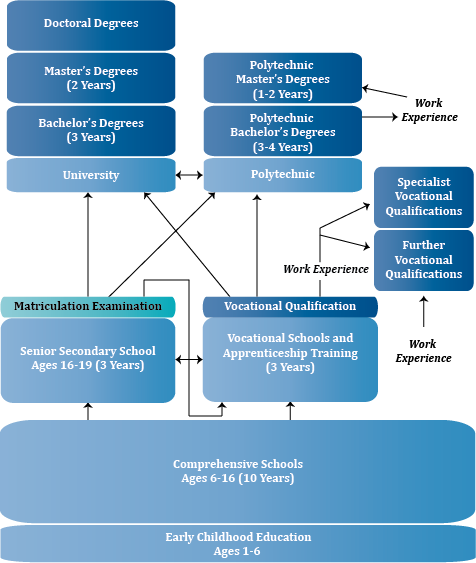Our fourth meeting took place at TAMK since our subject for the meeting was school and education. We taught each other how the school systems in our countries work. We also talked about different student benefits and expenses as a student.
In the Netherlands the primary school starts at age 4 and if you’re born at the end of the year you might have to retake the first year since you’d be missing too much. That differs from the Finnish system where everyone starts school at the same time in mid-August in the year they turn 7. Before primary school the kids might go to a kindergarten but it’s not mandatory like it’s not in Finland either.
Primary school lasts for 8 years so when going to secondary education they are usually age 12. In secondary education there are three different choices for high schools that are VMBO, HAVO and VWO. The choice is made based on test results from primary school.
VMBO (”preparatory middle-level applied education” or pre-vocational education) lasts for four years and it has four different levels (TL, GL, KBL and BBL). The levels go from most theoretical path (TL) to the path that emphasizes vocational training the most (BBL). After VMBO the student might go to work or continue studying at MBO. MBO (”middle-level applied education” or secondary vocational education) lasts for 2 to 4 years depending on the level. Students in MBO can choose a more school-based path where training within a company takes 20-60 % of the time or an apprenticeship education where training is more than 60 % of the study time. After MBO the student can enter the job market or continue studying in HBO.
HAVO (”higher general continued education” or general secondary education) lasts for five years. The first three years all students study the same subjects and after that they enter the second phase where they have to choose a profile. The different profiles are Culture&Society, Economy&Society, Nature&Health and Nature&Technology. A HAVO diploma provides access to HBO. HBO (”higher professional education” or polytechnic / university of applied sciences) usually takes 4 years (bachelor) and after that you may apply for a master’s program or enter the job market.
VWO (”preparatory scientific education” or pre-university education) lasts for six years and it is the highest variant in the secondary education level. The studies in VWO go on similar way as in HAVO but the difficulty level is higher. In VWO students also have to choose between the four profiles. With a VWO diploma a student can continue in WO (”scientific education”) that is only taught in research universities. WO also has a bachelor’s (normally 3 years) and a master’s (1-3 years) programme. After a master’s degree it’s possible to apply for a PhD candidate position at a university.
Although the school systems have similarities there are also a lot of differences. In Dutch school system are three options for secondary education where there are only two options in Finland. Also, the compulsory education in Finland ends after comprehensive school (or when it has passed 10 years since the beginning of comprehensive school, at age 17) and in the Netherlands it ends when you’re 18 so for example after VMBO a student must go at least two years to MBO.
In the Dutch system there is a possibility to “level up” after for example finishing at HAVO you can take final year of VWO and apply for WO. And it is also possible to go from HAVO to MBO. Usually students just follow the path as it is planned. It seems a bit weird because secondary education starts as early as age 12 and I know that many Finnish people who finish high school at around age 18 still don’t know what to do in the future. In Finland both high school and vocational school are equal when applying to a university or polytechnic (depending on the degree of course).
In Finland the education is free at all levels. Of course there are some private schools too that have tuition fees but they are not very common. In the Netherlands the education costs after secondary education. In the Netherlands students don’t get a student benefit from the government but they can apply for a cheap loan. In Finland a student can get student benefit from the age 17 on (depending on parents income and other things). In higher education parents’ income can’t decrease the amount of the money anymore but there are many other factors that affect the amount of money that you can get. Finnish students can also apply for a loan.
I find different education systems interesting as you may have realised from the length of this post. It’s interesting that even though we’re all students in TAMK at the moment we come from different study backgrounds.




Comments